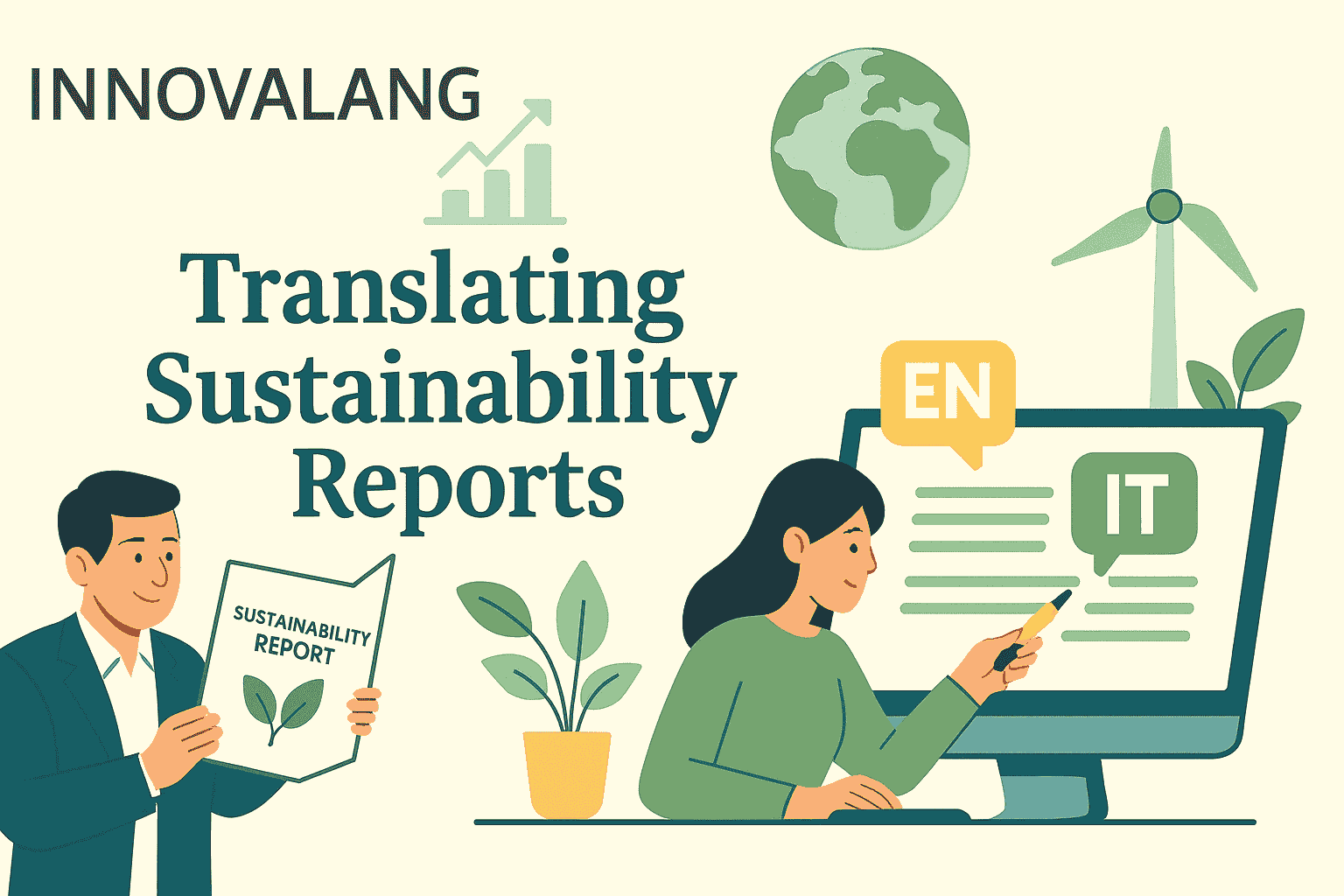When a company decides to make an investment, it typically expects a return on it, in terms of profits: the corresponding indicator is called ROI (Return on Investment), and it is one of the most used in financial analyses, as in the case of Plimsoll sector studies concerning the professional translation sector.
Professional translations, precisely, are an investment for the client companies, which decide to focus on effective and quality communication, aware of the fact that machine translation (without at least two levels of human revision) and low-cost translations are a false myth of saving.
In fact, focusing on these cheap solutions, as well as on translation agencies that do not guarantee total quality control, turns out to be a boomerang: as we used to say in an InnovaLang slogan from a few years ago…
“You can produce excellence, but if you communicate and translate it poorly, it will be perceived as substandard.”
One should not only consider the actual costs and direct revenues, but also how the accuracy of translations influences growth and business opportunities; and, from another perspective, what risks we take and what costs we incur when opting for poor translations?
Translation errors cost much more than what is spent on linguistic services.
In any sector the entrepreneur or professional might find themselves in, inaccurate content, typos, clearly non-native mother-tongue translation, not properly formatted text, poor style, deliver an unwanted message to the reader, not corresponding to the client’s intentions, and especially perceived negatively by the customer, the market, stakeholders in general, including the staff of the client company, which will find itself represented in other languages and cultures inadequately, resulting in a loss in terms of brand and image, with detrimental effects on the brand and company’s reputation.
In many cases, there are also legal consequences, as in the case of incomplete patent translations or those not conforming to the originals, or in cases of financial statements translated unprofessionally.
In short, any translation error can have serious consequences on business performance, far beyond the savings achieved by using non-professional tools and resources, without adequate quality control guaranteed.
On the other hand, professional translation services bring business opportunities, thus in perspective a more significant market, higher revenues, and loyal customers.
Of course, all these elements are complicated to measure quantitatively, but they should be included in a qualitative ROI analysis.
According to a study from a few years ago by Common Sense Advisory, the value of localization goes far beyond the direct generation of revenue and the return in terms of SEO (Search Engine Optimization), and corporate strategy should take it into high consideration, given the enormous ROI potential conveyed by an accurate study that should be conducted upstream of decision-making processes in internationalization.
Too many companies rely on inaccurate data in estimating the convenience of internationalizing in one country rather than another: rough measurements based on GDP and the number of speakers of certain languages, not to mention decisions based on the simple “instinct” of managers, or on irrational reasons related to commonplaces.
These methods risk leading to ineffective decisions for the language strategy, where the “language portfolio” must be functional to grow the business, increase revenues, and surpass the competition.
What is needed is to use real and measurable data, to generate a reliable ROI estimate useful for defining realistic expectations and objectives that are in turn monitorable and measurable.
The first thing to do is to ask some “basic” questions, such as:
- What languages are used in the target market?
- What bridge languages are widespread and accepted?
- How does the competition move?
Choosing a language strategy is a great challenge for many companies: there are many critical factors to determine entry into new markets, but among these, the provision of the local language plays a huge role in leading to an increase in revenues.
Depending on your offer and organization, the right language translated professionally in the right place will shift customers’ decisions from your competition to your company.
An article by Federico Perotto, Founder & CEO @ InnovaLang






